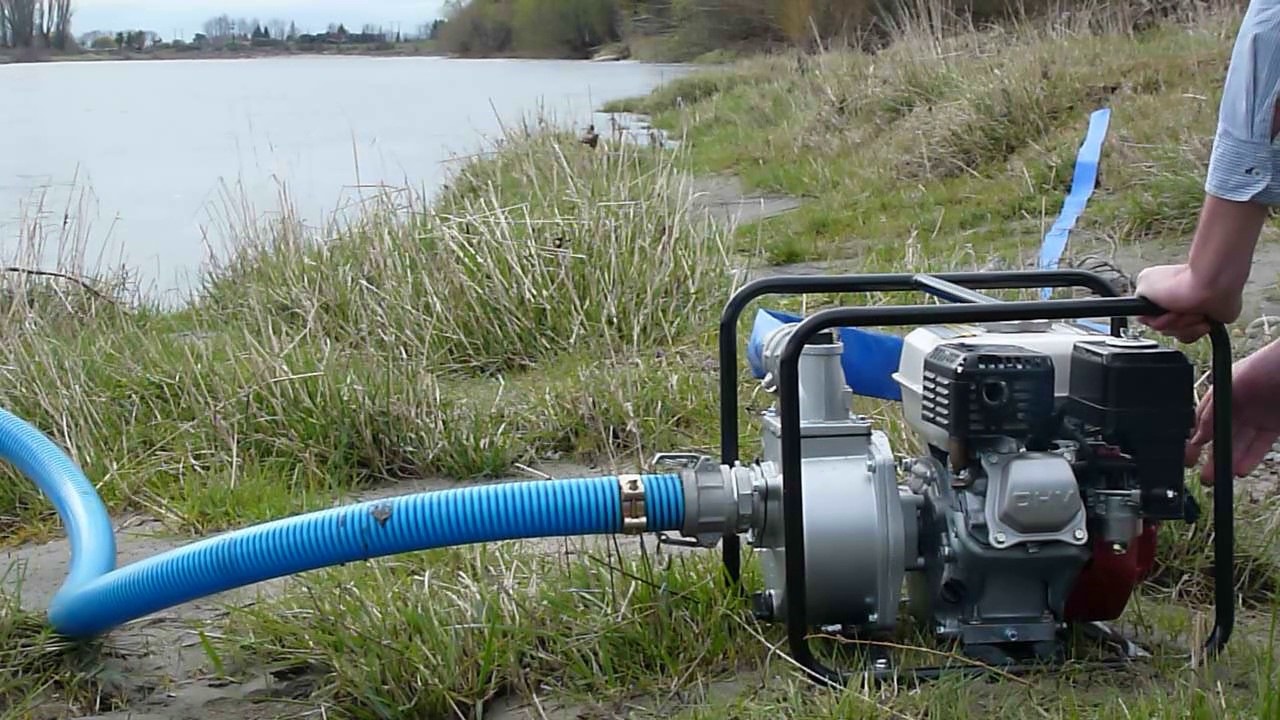

Articles
How To Prime A Water Pump
Modified: January 8, 2024
Learn how to prime a water pump with our informative articles. Discover the step-by-step guide to ensure efficient and effective operation.
(Many of the links in this article redirect to a specific reviewed product. Your purchase of these products through affiliate links helps to generate commission for Storables.com, at no extra cost. Learn more)
Introduction
Water pumps are essential devices used for various applications, from providing water supply in households to supporting industrial processes. They play a crucial role in ensuring the continuous flow of water from a source to its intended destination. However, for a water pump to function optimally, it needs to be properly primed.
Primarily, the process of priming a water pump involves filling it with water to create pressure and remove any air or gases from the system. Without proper priming, a water pump may fail to operate efficiently, leading to reduced water flow or even complete malfunction.
This article will guide you through the importance of priming a water pump and provide a step-by-step process to help you prime a water pump effectively. Additionally, we will explore common issues that may arise during the priming process and discuss troubleshooting methods.
Understanding the priming process is essential for anyone who owns or operates a water pump. By following proper priming techniques, you can ensure the long-term performance and durability of your water pump while maintaining a consistent water supply.
Key Takeaways:
- Properly priming a water pump is crucial for optimal performance, preventing issues like limited water flow, wear and tear, and inefficient energy consumption.
- Following the step-by-step guide to prime a water pump effectively and troubleshoot common issues ensures consistent water flow and maximizes the pump’s lifespan.
Read more: How To Prime A Rv Water Pump
What is a water pump?
A water pump is a mechanical device designed to move water from one location to another. It is commonly used in various applications, such as residential, commercial, agricultural, and industrial settings, to ensure the proper distribution and flow of water.
The primary function of a water pump is to create pressure within a system to push water through pipes or hoses. This pressure is generated by either centrifugal force or positive displacement.
There are several types of water pumps available, each designed for specific purposes and applications. Here are some common types of water pumps:
- Centrifugal Pumps: Centrifugal pumps are the most commonly used type of water pump. They work on the principle of centrifugal force, where the water is pushed outwards by a rotating impeller. These pumps are efficient, versatile, and suitable for various applications, including irrigation, water supply, and circulation.
- Submersible Pumps: Submersible pumps are designed to be fully submerged in water and are commonly used in deep wells or underground water sources. They are efficient in pumping water from great depths and are often used for residential, commercial, and agricultural purposes.
- Jet Pumps: Jet pumps are primarily used for shallow wells or low water sources. They rely on jet action to create suction and draw water into the system. These pumps are cost-effective and suitable for domestic applications, such as supplying water to faucets and appliances.
- Diaphragm Pumps: Diaphragm pumps use a flexible diaphragm to create suction and push water through the system. These pumps are commonly used for applications requiring precise control, such as chemical dosing and wastewater treatment.
- Well Pumps: Well pumps are specifically designed for extracting water from wells or underground water sources. They can be either submersible or non-submersible, depending on the depth and location of the water source.
Each type of water pump has its advantages and limitations, so it’s important to choose the right pump based on your specific needs and requirements. Understanding the different types of water pumps will help you make an informed decision when selecting a pump for your application.
Why is priming important for a water pump?
Priming is a crucial step in the operation of a water pump. It involves filling the pump with water to remove any air or gases from the system and create the necessary pressure for proper functioning. Here’s why priming is essential:
Purpose of priming: The main purpose of priming a water pump is to ensure the pump is filled with water and any air or gases are eliminated from the system. By removing air pockets, the pump can generate the required hydraulic pressure to move water efficiently. Priming also helps in establishing a continuous flow of water and prevents the pump from running dry.
Consequences of not priming: Failing to prime a water pump can have detrimental effects on its performance and longevity. Here are a few consequences of not priming a water pump:
- Limited water flow: Without proper priming, air pockets can disrupt the flow of water through the system. This can result in reduced water flow, leading to insufficient water supply and inadequate pressure in the plumbing system.
- Increased wear and tear: Lack of priming can cause the pump to run dry, leading to increased friction and wear on the pump components. This can result in overheating, premature damage, and the need for costly repairs or replacement.
- Pump cavitation: Cavitation occurs when air bubbles form and collapse within the water pump. This phenomenon can generate excessive noise, vibrations, and pressure fluctuations, ultimately damaging the pump and affecting its performance.
- Inefficient energy consumption: A water pump that is not properly primed may consume more energy to overcome air pockets and maintain the desired water flow. This inefficiency can result in higher energy bills and unnecessary strain on the pump motor.
- Higher maintenance requirements: Neglecting the priming process can lead to increased maintenance needs, such as more frequent cleaning, repairs, and component replacements. This can result in additional expenses and downtime for your water pump.
Overall, priming is vital for the optimal performance and longevity of a water pump. It ensures a continuous flow of water, prevents damage due to air pockets, and maintains the pump’s efficiency. By prioritizing proper priming techniques, you can avoid potential issues and maximize the lifespan of your water pump.
Before priming a water pump, make sure to fill the pump housing with water to remove any air. This will ensure proper suction and prevent damage to the pump.
Steps to prime a water pump
Priming a water pump is a straightforward process that can be done with a few simple steps. Here’s a step-by-step guide to help you prime a water pump effectively:
- Step 1: Gather necessary tools and materials: Before starting the priming process, gather the tools and materials you will need, such as a bucket, hose, water source, and any specific instructions or guidelines provided by the pump manufacturer.
- Step 2: Shut off the power supply: For safety purposes, switch off the power supply to the water pump. This will prevent any accidental starts or electrical hazards during the priming process.
- Step 3: Locate the priming port: Identify the priming port on the water pump. This is usually a small valve or opening specifically designed for priming. Refer to the pump’s user manual for guidance if you’re unsure about the location of the priming port.
- Step 4: Prepare the water source: Ensure you have access to a water source, such as a faucet or a clean bucket of water. Make sure the water source is turned on and ready to supply water to the pump.
- Step 5: Open the priming port: Carefully open the priming port on the pump. This will provide access for water to enter the pump and remove any air pockets. Keep an eye out for any drainage valves or plugs that need to be opened as well.
- Step 6: Fill the pump with water: Using the bucket or hose, start filling the pump with water through the priming port. Pour water slowly to allow any trapped air to escape. Continue filling the pump until the water reaches the top and begins to overflow from the priming port.
- Step 7: Close the priming port: Once the pump is filled with water and air bubbles are removed, close the priming port securely. Ensure it is tightly sealed to prevent any water leakage during operation.
- Step 8: Restart the water pump: Turn on the power supply to the water pump and start it according to the manufacturer’s instructions. Allow the pump to run for a few minutes to ensure proper circulation and to expel any remaining air from the system.
- Step 9: Check the pressure and water flow: Monitor the pressure and water flow from the pump. Verify that the pressure is within the desired range and that water is flowing consistently and smoothly through the system. If there are any issues, refer to the troubleshooting section or consult a professional.
By following these steps, you can successfully prime your water pump and ensure its optimal performance.
Troubleshooting common issues while priming a water pump
While priming a water pump, you may encounter certain issues that can affect the process or the performance of the pump. Here are some common problems that may arise during the priming process and troubleshooting methods to address them:
Airlocks: Airlocks occur when air gets trapped in the pump and prevents the smooth flow of water. To resolve this issue, try the following:
– Turn off the pump and open the priming port to release any trapped air.
– Use a hose or bucket to forcefully flush water into the pump to dislodge air bubbles.
– Repeat the priming process, ensuring the pump is filled completely with water to eliminate air pockets.
– If the problem persists, consult a professional to inspect the pump for potential air leakages or blockages.
Insufficient water supply: If the pump is not receiving enough water during the priming process, try these troubleshooting steps:
– Check the water source to ensure it is turned on and providing adequate water flow.
– Make sure the intake or suction hose is not clogged or obstructed, restricting the flow of water.
– Adjust the water source or the pump’s intake system to increase the supply of water.
– Consider using a different water source or relocating the pump to ensure a sufficient water supply.
Leakage problems: Leakage can occur during the priming process, leading to water wastage and potentially affecting the pump’s performance. Follow these steps to address leakage issues:
– Check all connections, seals, and gaskets to ensure they are tight and properly installed.
– Inspect the priming port for any signs of leaks and ensure it is securely closed.
– Verify that all hoses and pipes are tightly connected and free from cracks or damage.
– If leakage persists, replace damaged components or seek professional assistance to identify and fix the issue.
It’s important to note that troubleshooting methods may vary depending on the specific type and model of the water pump. Always refer to the manufacturer’s instructions or consult a professional if you are unsure about the troubleshooting steps or if additional issues arise during the priming process. Proper troubleshooting will help you identify and resolve problems effectively, ensuring the efficient operation of your water pump.
Read more: How To Prime A Water Pump On A Well
Conclusion
Priming a water pump is a critical step in ensuring its optimal performance and longevity. By understanding the importance of priming and following the proper priming techniques, you can maintain a consistent flow of water and prevent potential damage to your pump.
We discussed the purpose of priming, which involves eliminating air or gases from the pump and creating the necessary pressure for efficient operation. Failing to prime a water pump can result in limited water flow, increased wear and tear, pump cavitation, inefficient energy consumption, and higher maintenance requirements.
To prime a water pump effectively, follow these steps:
- Gather necessary tools and materials.
- Shut off the power supply.
- Locate the priming port.
- Prepare the water source.
- Open the priming port.
- Fill the pump with water.
- Close the priming port.
- Restart the water pump.
- Check the pressure and water flow.
During the priming process, it’s possible to encounter common issues such as airlocks, insufficient water supply, and leakage problems. By troubleshooting these problems promptly and accurately, you can overcome obstacles and ensure successful priming.
Remember, each type of water pump may have specific priming requirements, so it’s essential to consult the manufacturer’s guidelines and instructions. If you’re unsure about any aspect of the priming process or encounter persistent issues, don’t hesitate to seek professional assistance to avoid further complications.
By prioritizing proper priming techniques and addressing any troubleshooting needs, you can maintain the efficiency and durability of your water pump, ensuring a consistent water supply for your specific needs.
Frequently Asked Questions about How To Prime A Water Pump
Was this page helpful?
At Storables.com, we guarantee accurate and reliable information. Our content, validated by Expert Board Contributors, is crafted following stringent Editorial Policies. We're committed to providing you with well-researched, expert-backed insights for all your informational needs.
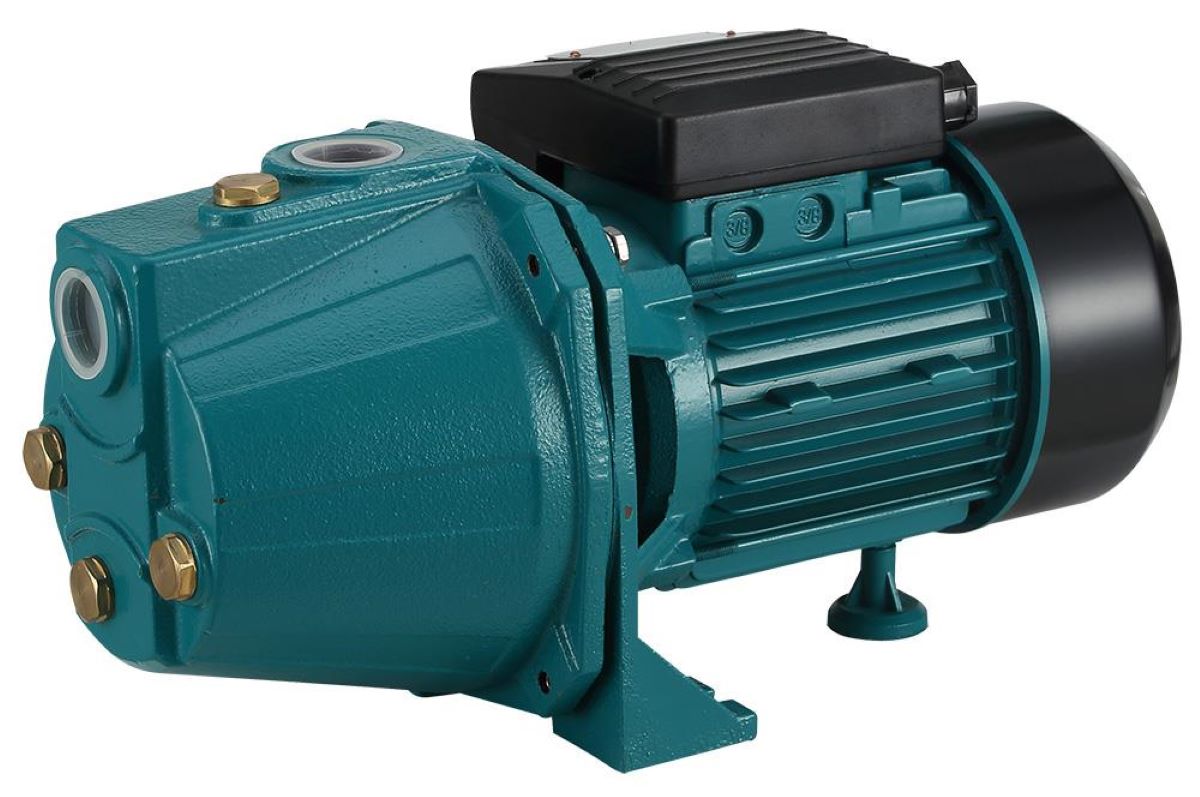
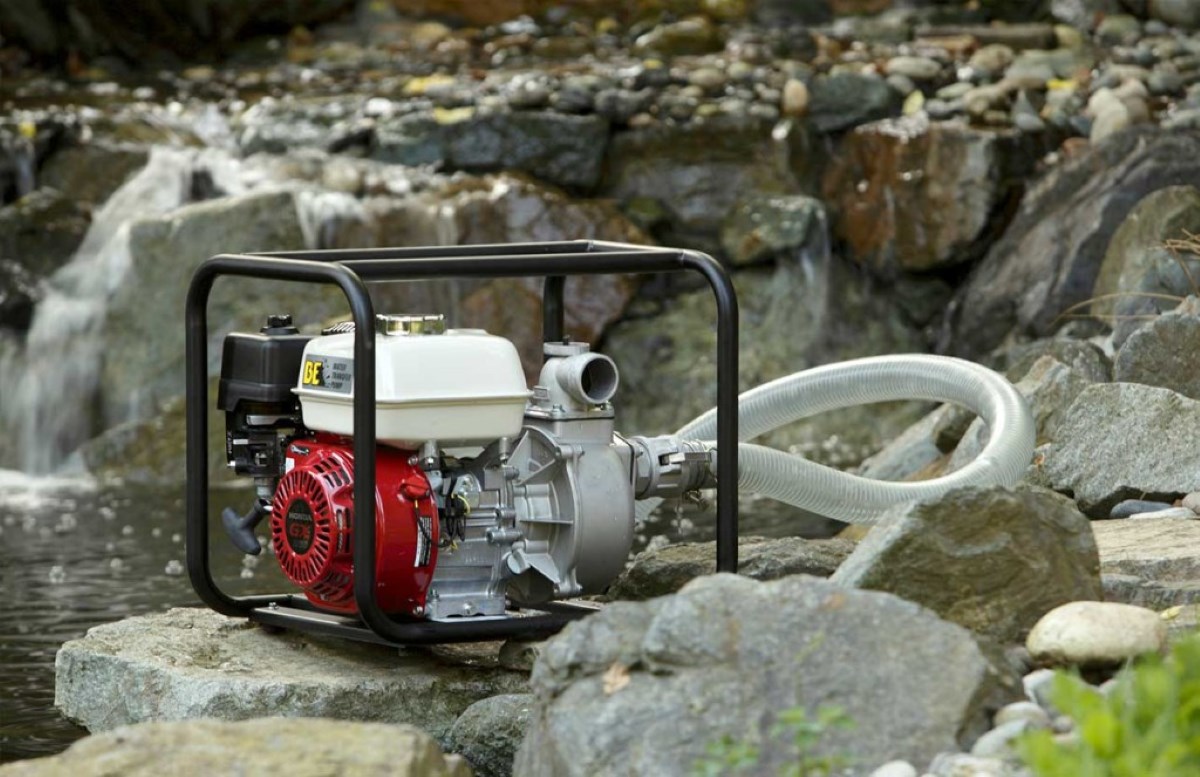
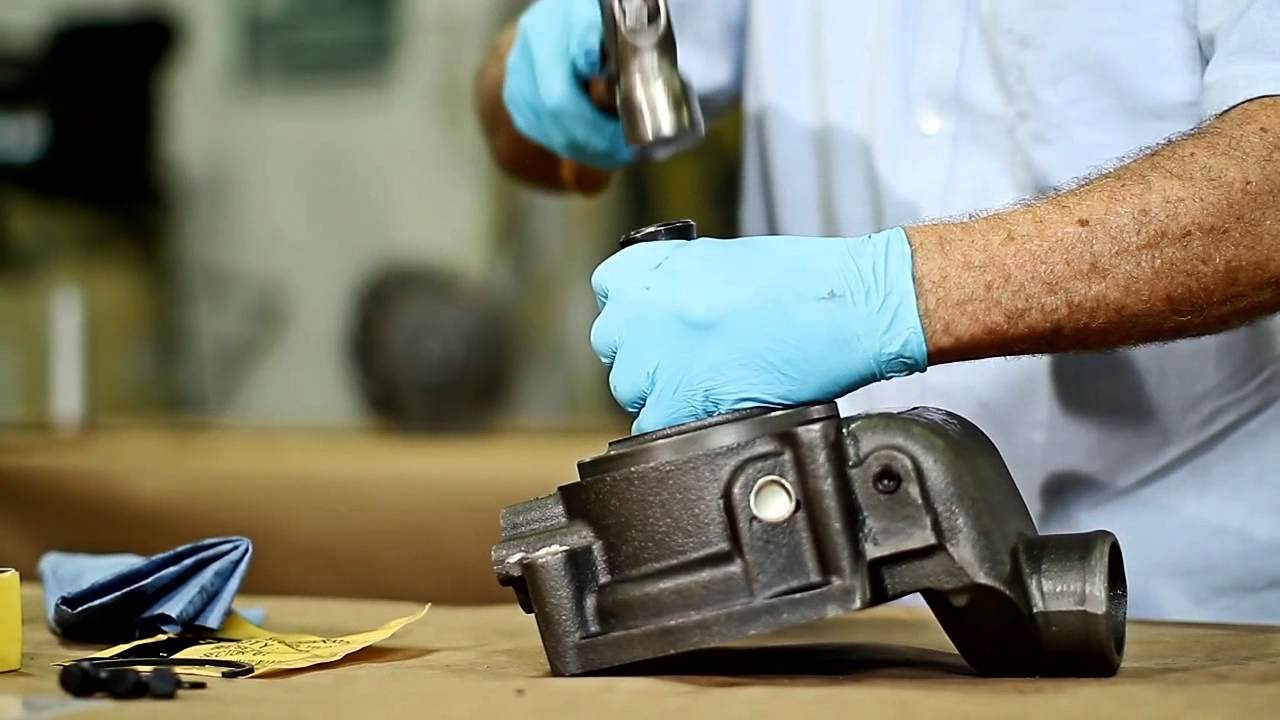
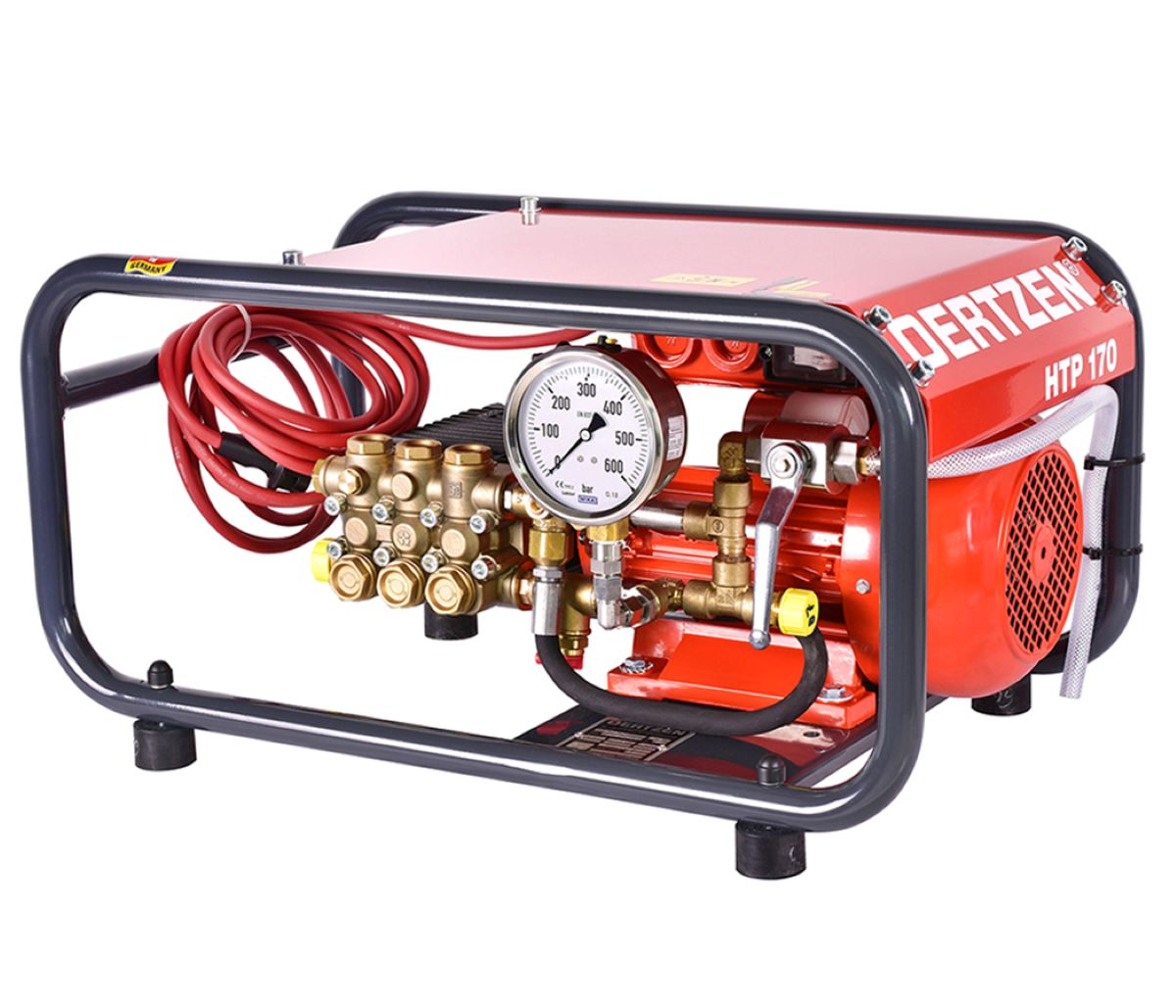
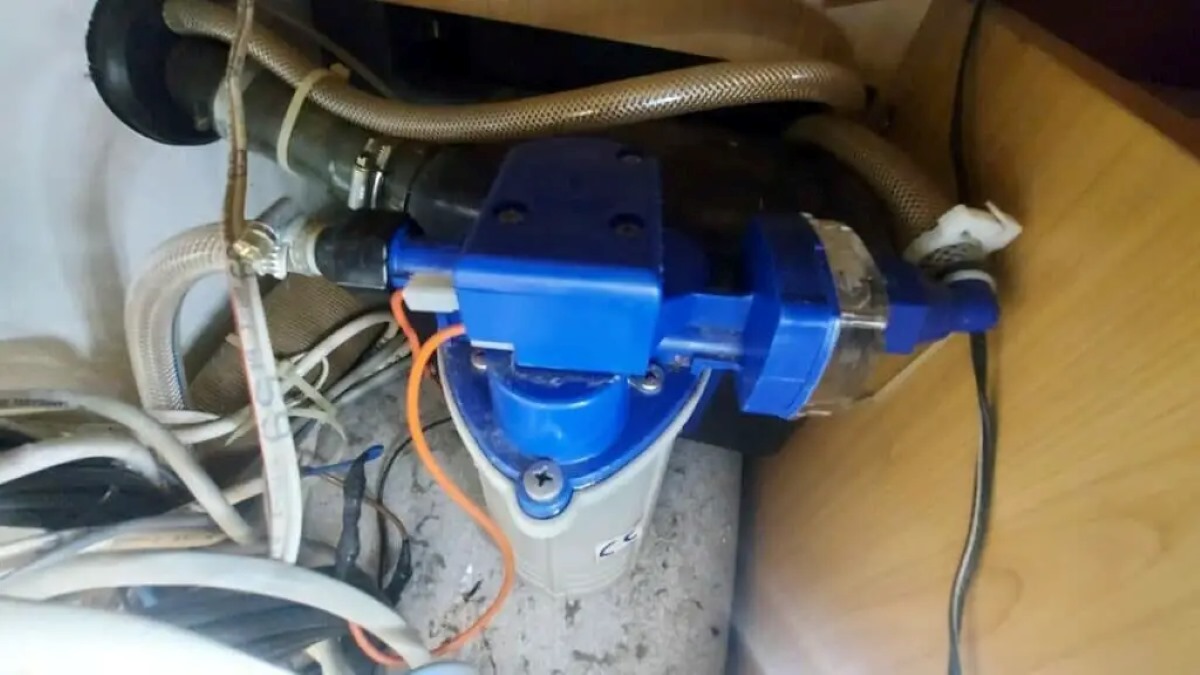
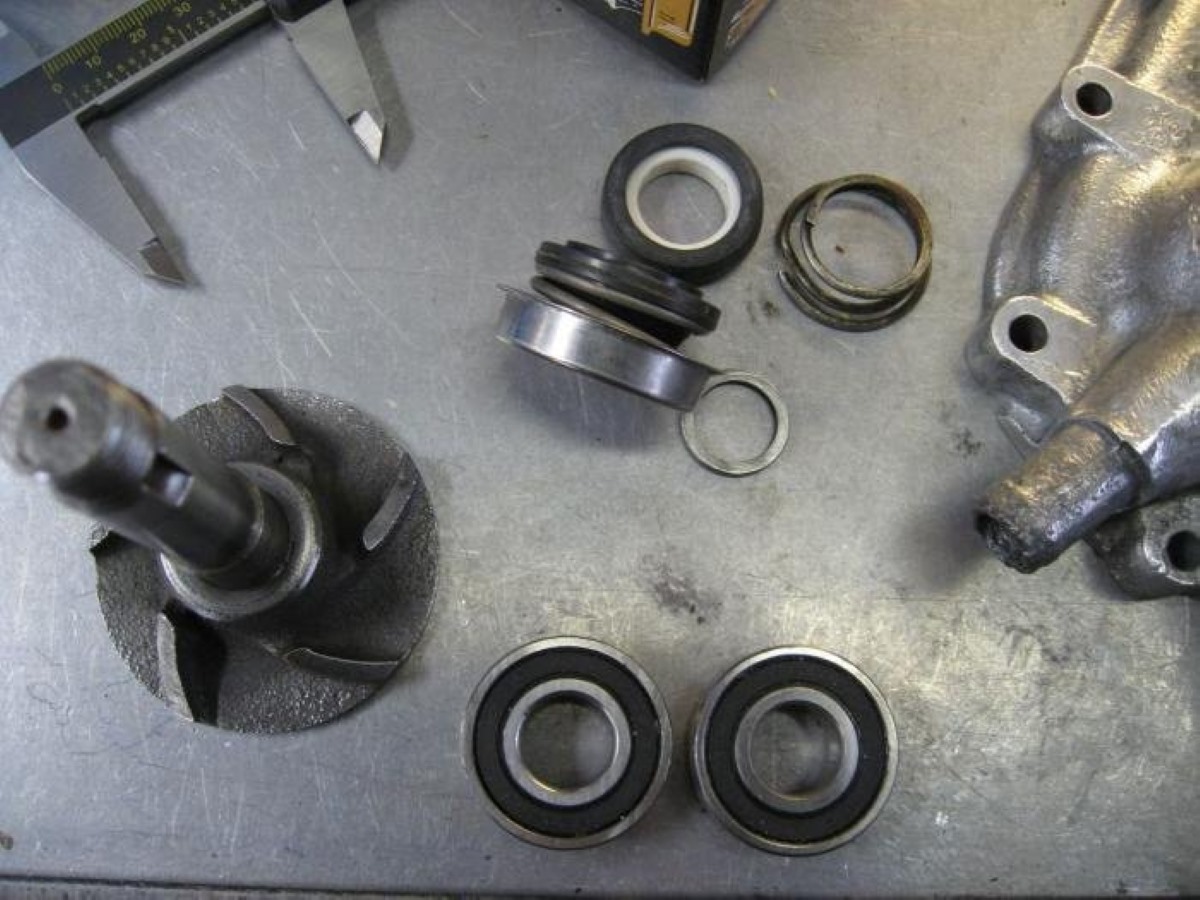
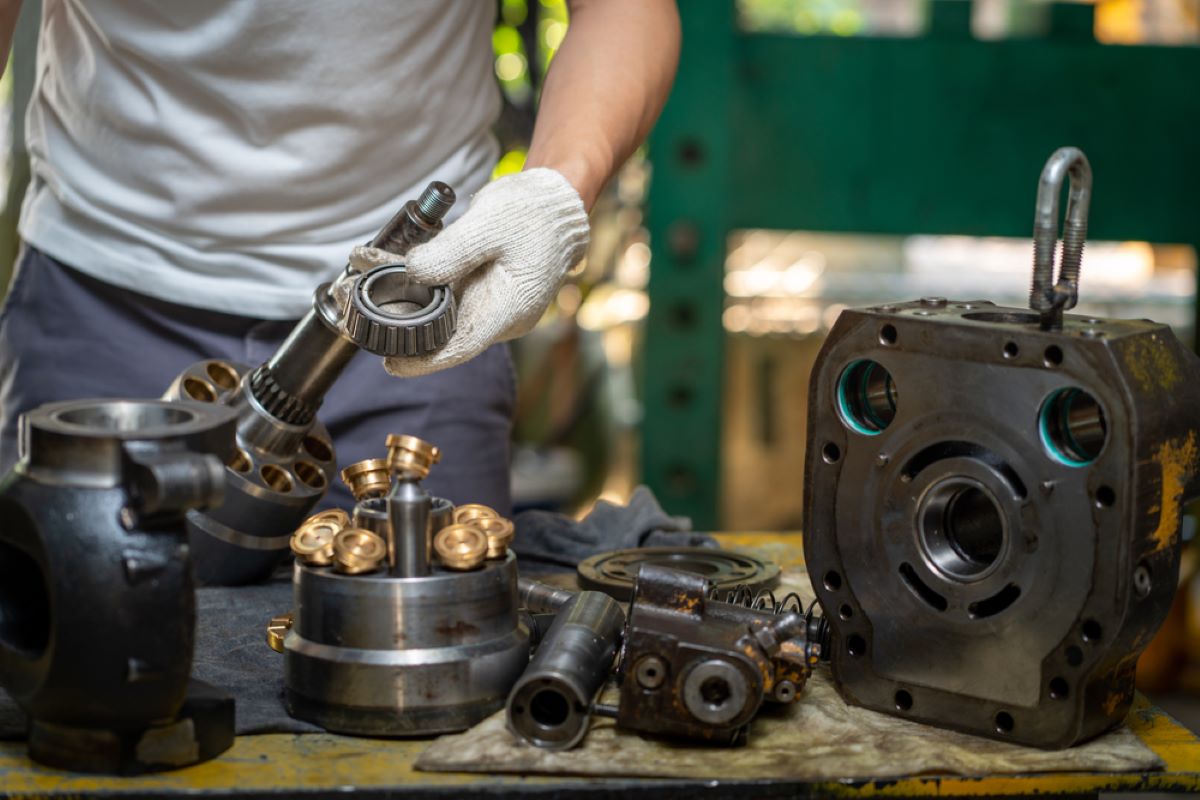
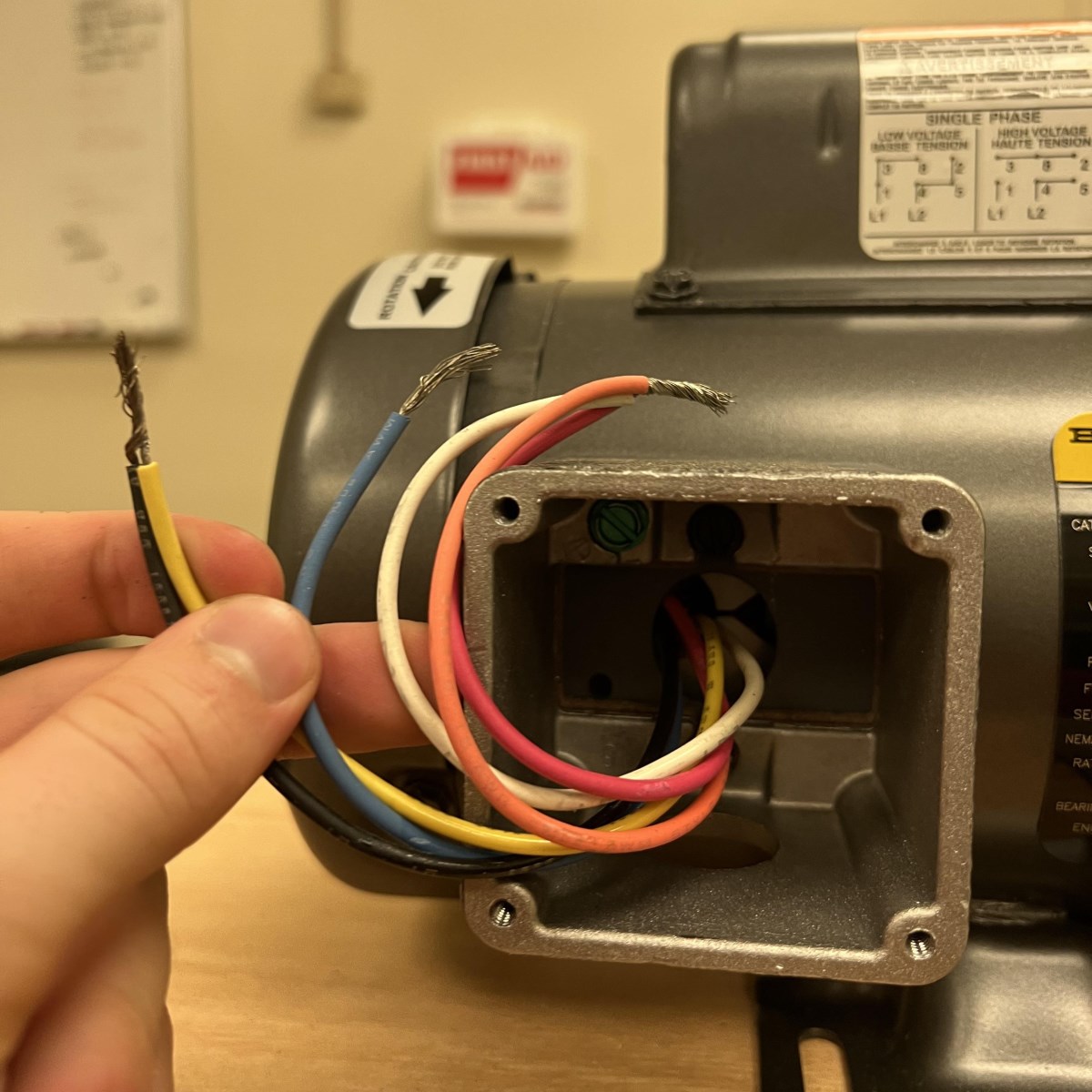
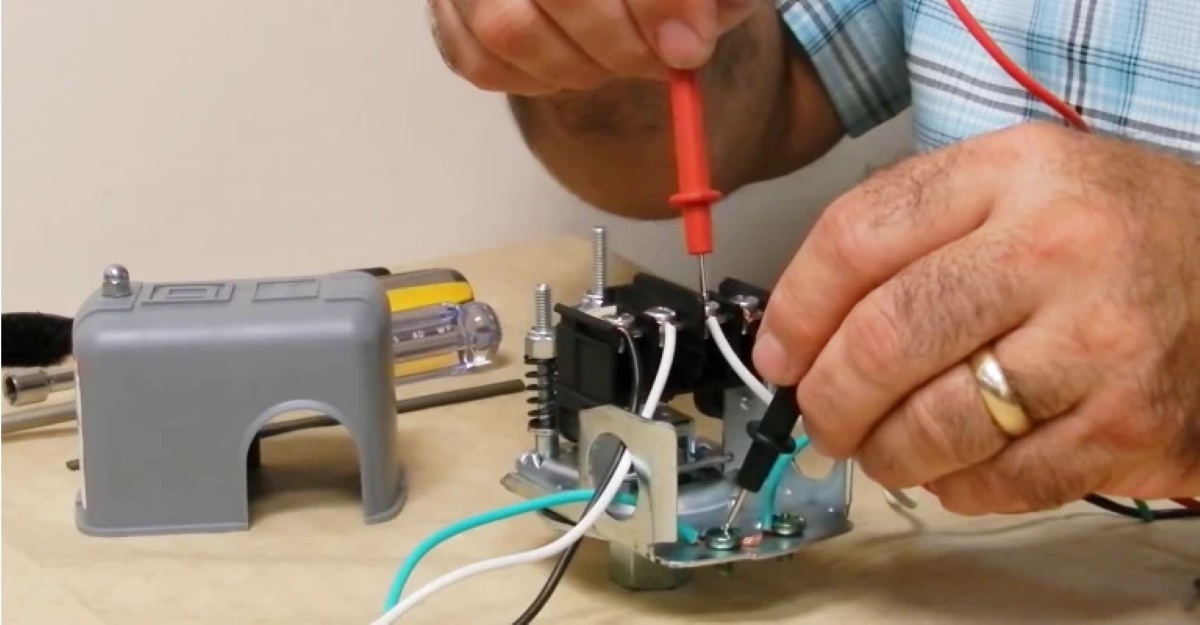
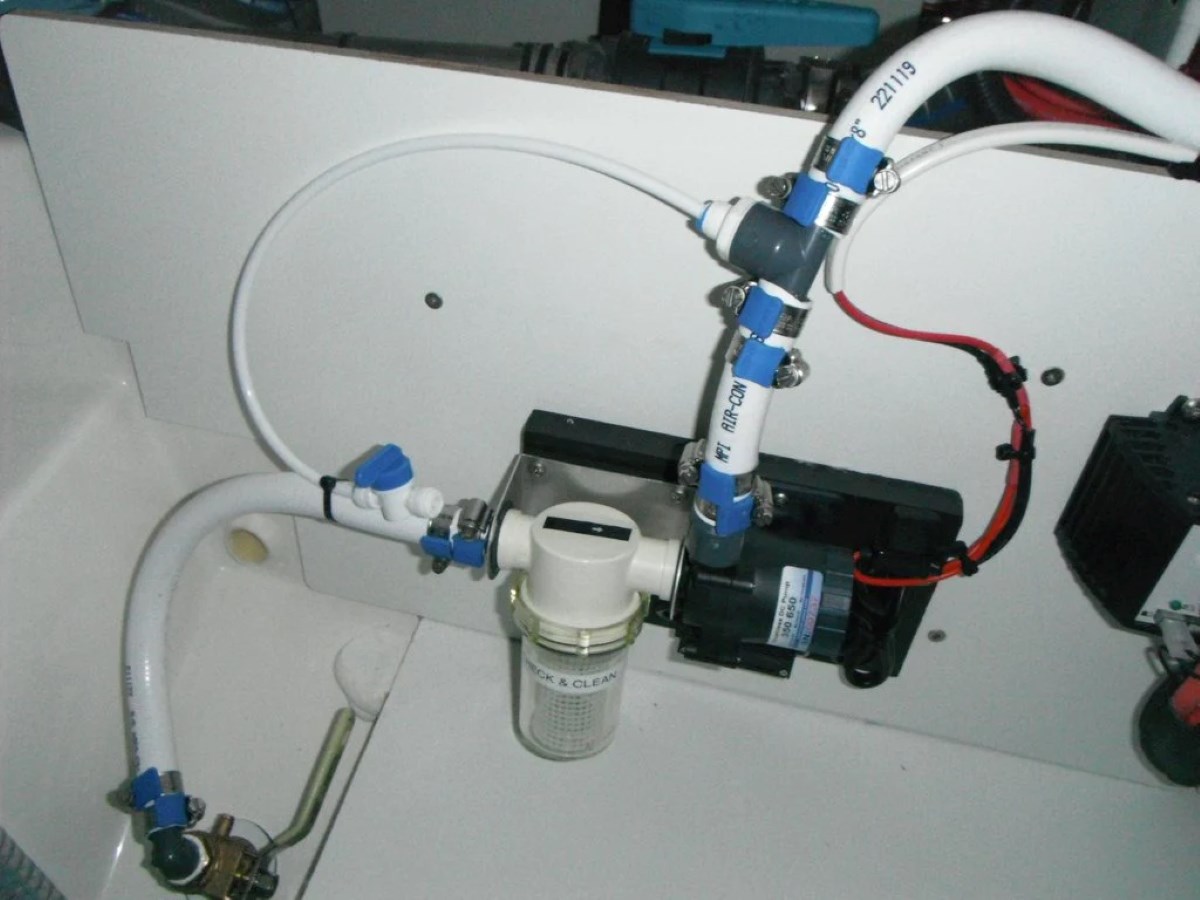
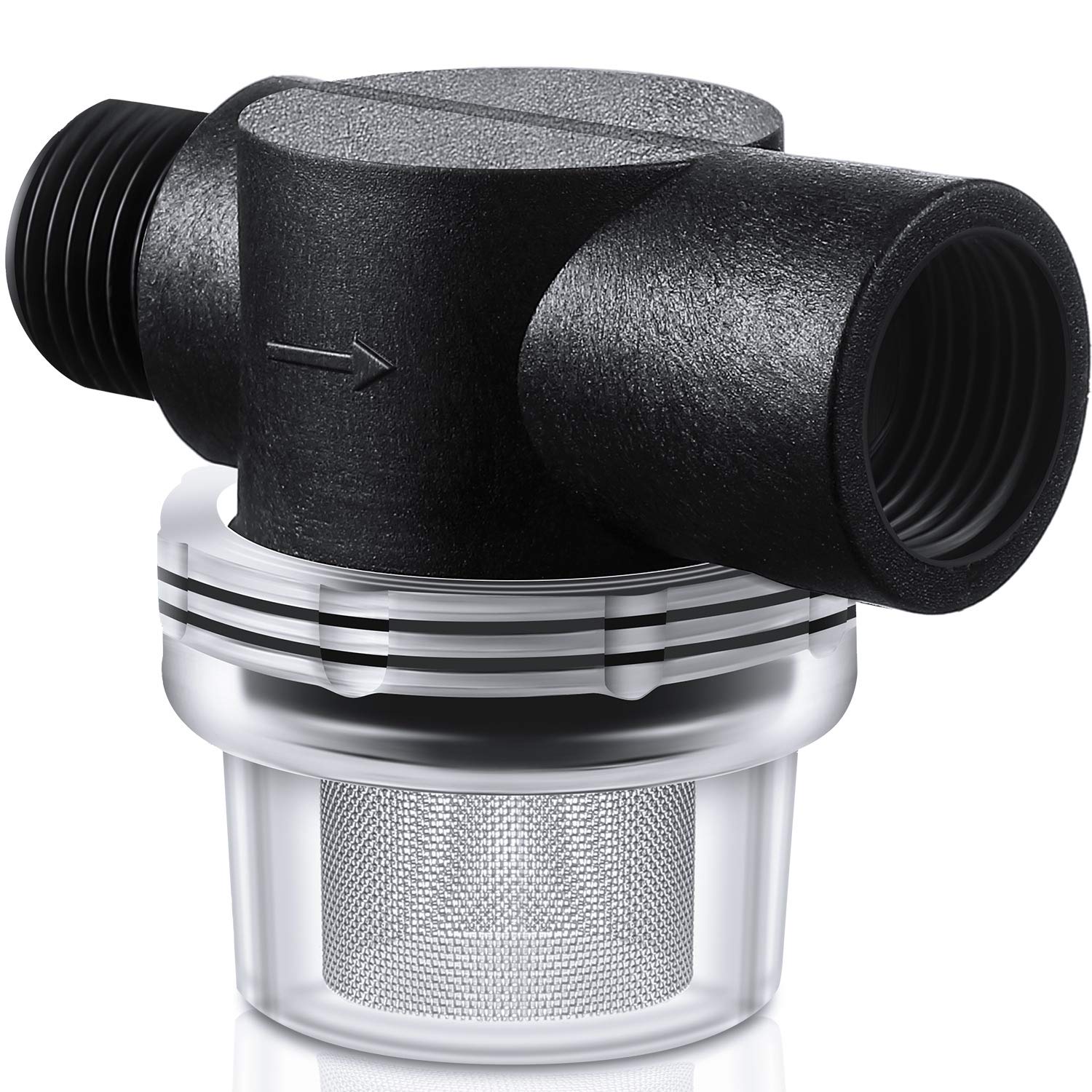
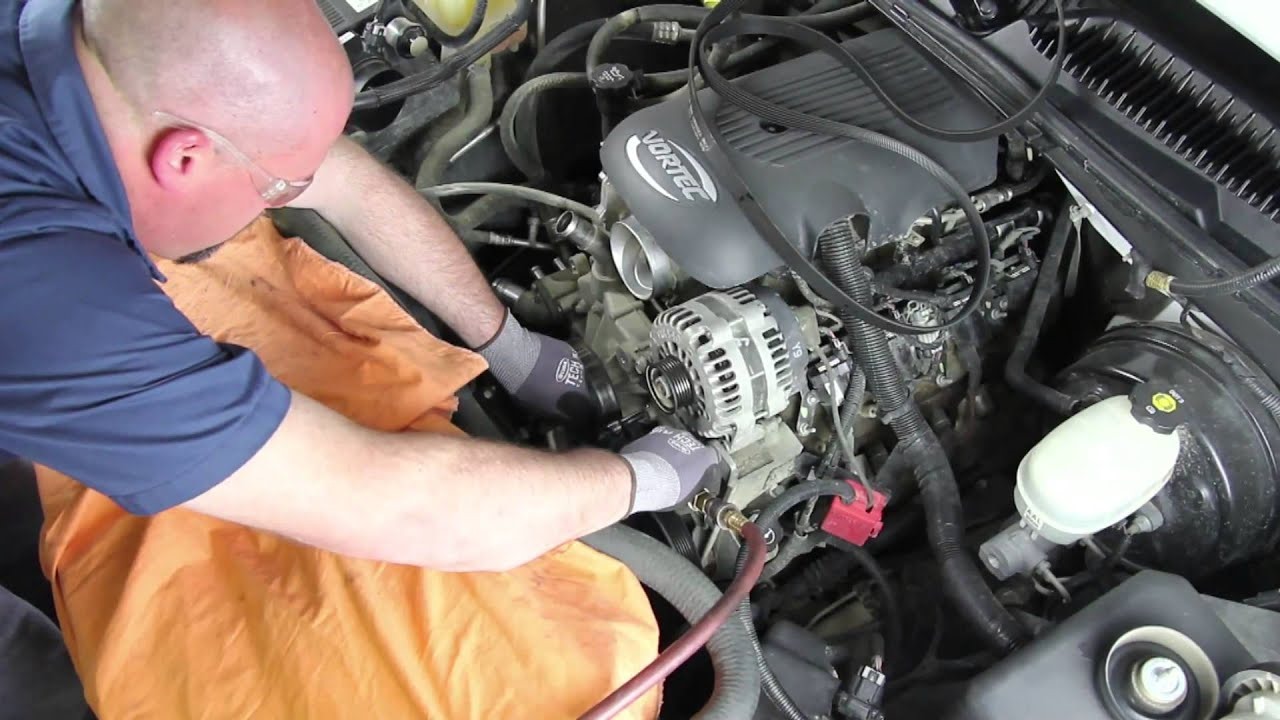
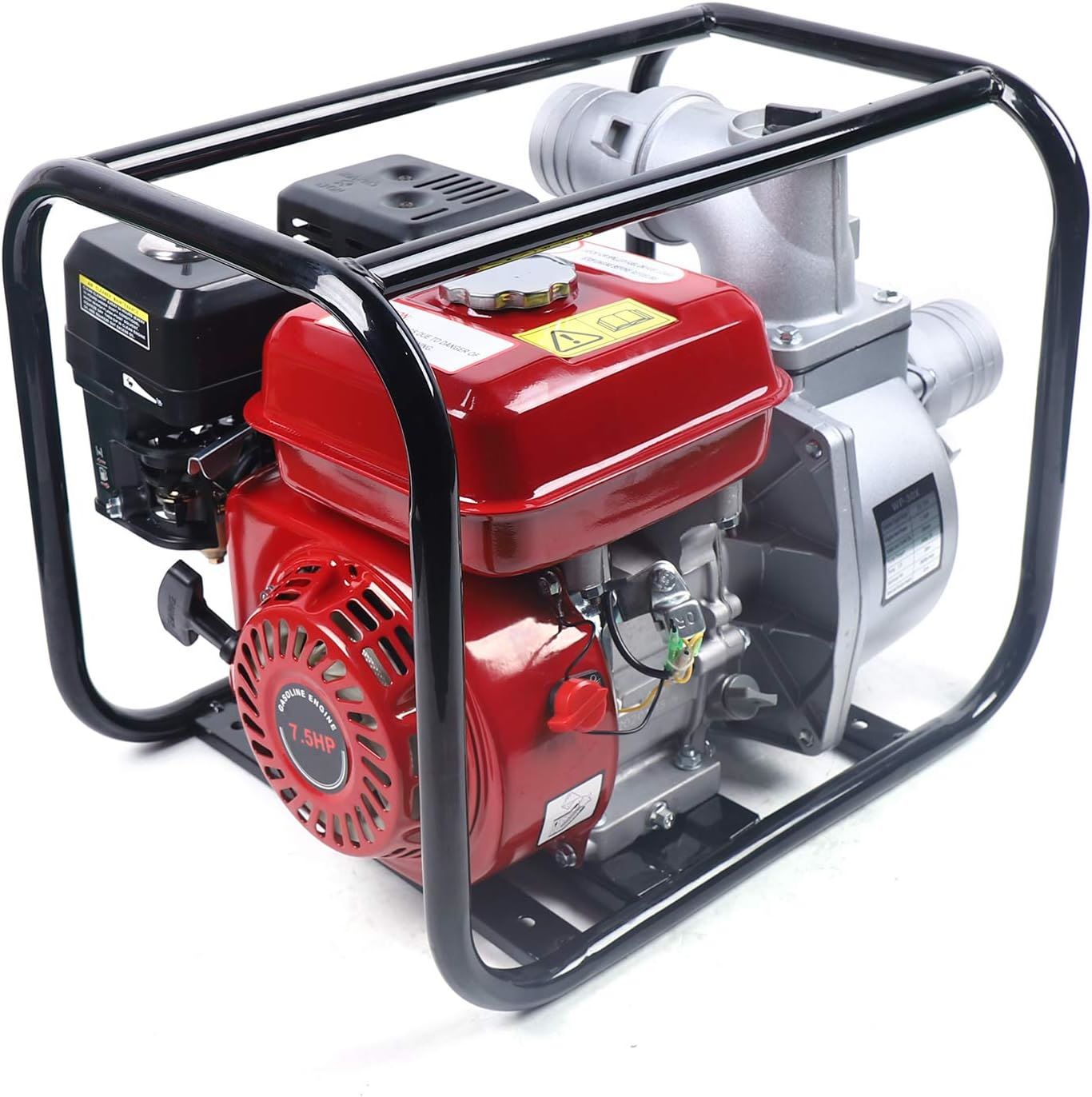
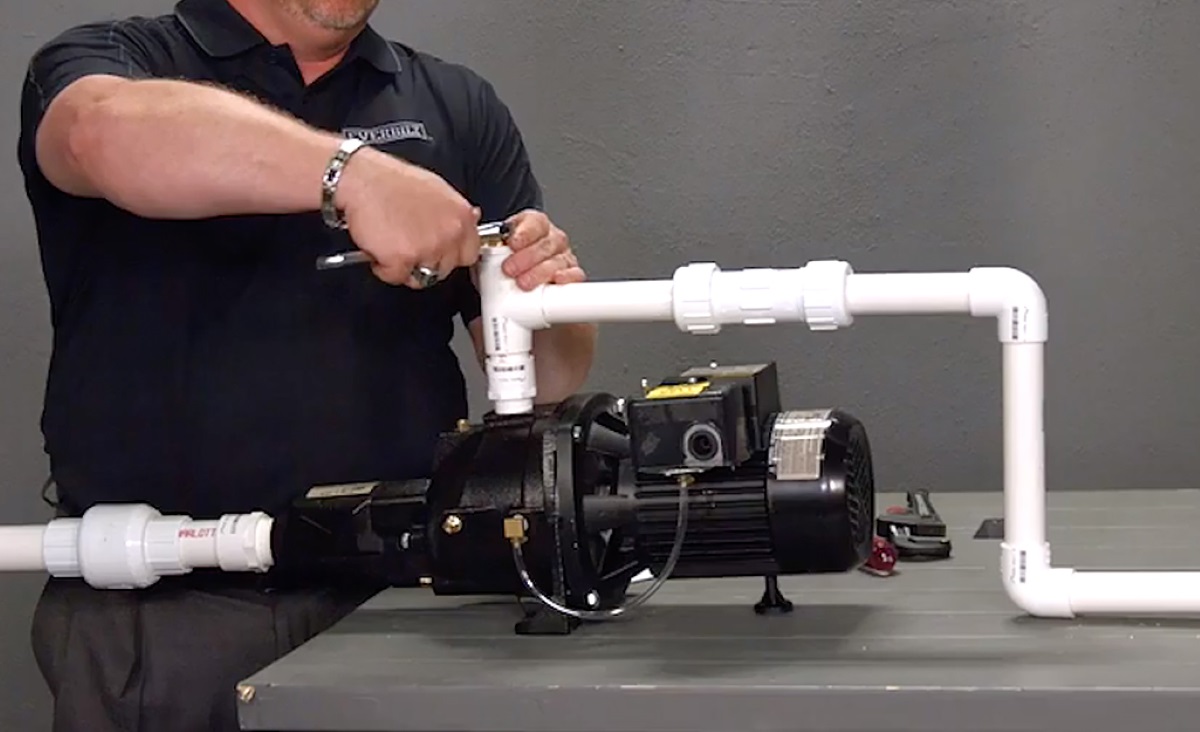

0 thoughts on “How To Prime A Water Pump”